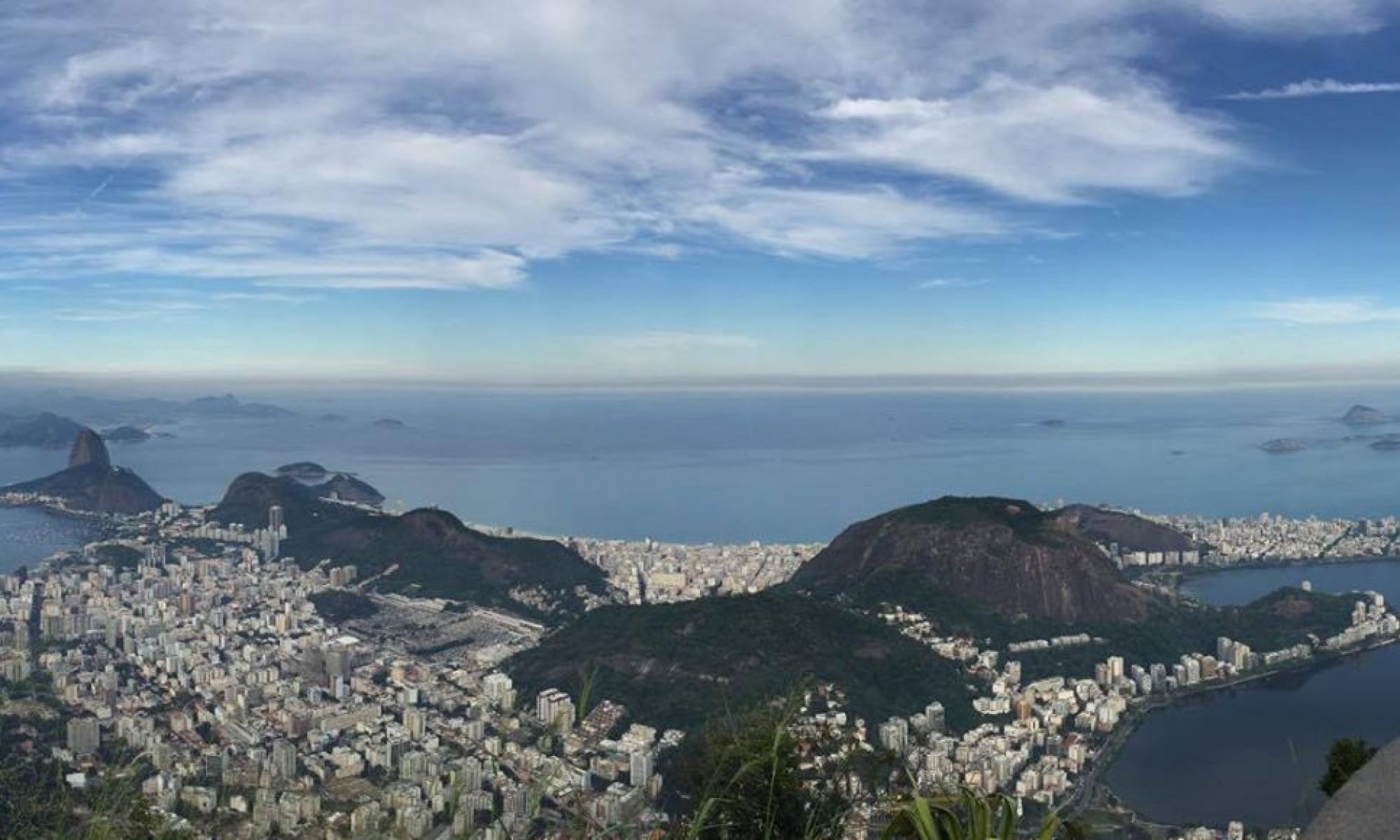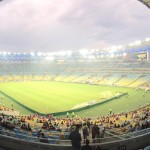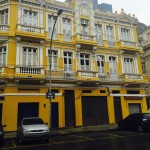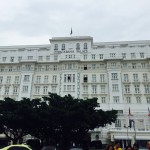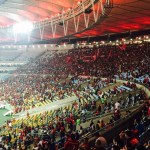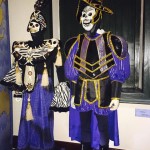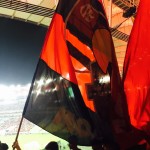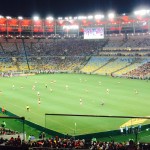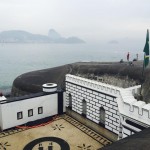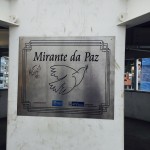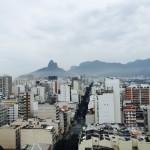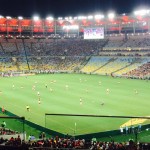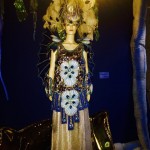June 1, 2015
By: Estiven Rodriguez
Today we woke up in a slightly rainy and foggy Copacabana. Our day started with a 7 hour tour of Rio de Janeiro’s most popular places. Our first destination was the neighborhood and beach of Leme, located at the end of Copacabana where surfing and exercising are popular activities. Besides the high fitness and surfing culture, Leme is a popular fishing spot, where many Brazilians go.
Our second destination was Copacabana Palace, a 5-star hotel built by Brazil’s President back in 1923 to hold a large amount of guests. Some people may think quantity is not quality but this is not the case for Copacabana Palace, which has received many high quality guest like Madonna and the Pope.
Our third destination was an astonishing view from the elevator, Mirante da Paz, where the poor are constantly reminded of their class position. The Mirante da Paz faces many of the areas where Brazil’s wealthier residents live. In fact, at the elevator I remember hearing that people of the Favela did not have access to this transportation until the pacification of their Favela in 2010. The people of the Favela are restricted access to the city because they are often regarded as violent and dangerous according to Rio’s affluent population. The irony in the experience at the elevator was that minutes later there was an Audi A4 model 2015 valued at $65,000. This contrast in class is often normal in Rio because the top 3% own about ⅔ of the land. It is also important to note that a lot of people in the Favelas won’t make $65,000 in their lifetime. Finally, we ended our tour of Rio de Janeiro at Copabana’s fortress established in 1889 and a boat tour of Ilha Fiscal. Ilha Fiscal was an island that served as customs for Rio. The building was built by slaves and it was the scene of the last ball held for the empire by royal family.
The day ended with my favorite event yet, a Brazilian soccer game. Brazilian soccer has been my passion since I witnessed Ronaldo, Rivaldo and Ronaldihno run circles around the Germans with their samba on their way to a 5th world cup. However, today I realized that Brazilian football isn’t just a game but an event where people of all social classes enjoy “joga bonito” together. At the stadium there were people of all races black, brown and white. One of the first times I was able to see different people of different races in the same location. However, it became evident that Flumininse fans were lighter while Flamengo fans were mostly black. The day before the game I asked one of the workers at the hostel about both teams. It was clear that he saw the female Flumininse fans as more attractive after he mentioned that the fans were richer. In Brazil, the rich populations are white therefore he found these women more attractive because still in Brazil the more white you look the more appealing you are. Actually at one of the stadiums corners there was a sign that said we are all equal. This sign is a representation of Brazil’s issue with inequality because your social class will influence which team you will root for and is often related to your race. Actually in Brazil racism is illegal. This means that anyone found guilty of racism can face a fine and possibly jail time. In fact racism in Brazil is so controversial that in 2014 the club Gremio was banned from the second leg of Brazil’s Cup and fined 50,000 reais because Gremio’s fans shouted monkey chants to the opposite team’s goalkeeper. In relation to Brazil’s biggest star, in the article “The Whitening of Neymar: How Color is lived in Brazil”, Prabhala (2008) states that “Neymar is only the latest in a long line of celebrities and Brazilians of lesser value who get it. Who get the fine print on the contract; who understands the national identity rest on racial harmony, which, in turn rest on a kid of potential access to opportunity. Not the opportunity to be equal, mind you the opportunity to be white”. Neymar was Brazil’s biggest star at only 17 when his hair was black and before the process of whitening. However, as soon as he changed his hair color he became top magazines most sought celebrity, even sharing the cover of a top magazine with Brazil’s “most beautiful woman”, who is also white, Gisele Bundchen. While in Brazil I have yet to see a cover that shows a Brazilian of African descent therefore Neymar was only able to become an elite public figure after whitening.
I also observed gender inequality in the stadium, somebody noticed that there were a lot of men’s restroom and only one for women. The Maracaná might be a modern stadium after its renovation but in Brazil’s soccer games more men are expected than woman. In Brazil it is more socially acceptable for men to be football fans than woman. Despite all these social issues Flamengo ended up losing 3-2 and we observed Brazil’s problems as they affect “Joga Bonito”.
Prabhala, Achal. (2008). “The Whitening of Neymar: How Color is Lived in Brazil.” Screamer. Retrieved June, 1, 2015. (http://screamer.deadspin.com/the-whitening-of-neymar-how-color-is-lived-in-brazil-1601716830). Originally Published in Africa is a Country.
